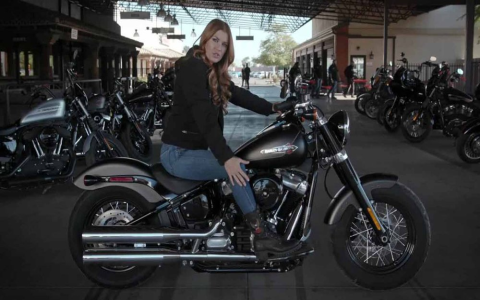Alright, so I’ve been meaning to share this for a while. It’s about my journey into understanding what actually makes up a motorcycle wheel. Sounds simple, right? A round thing that spins. Well, I found out there’s a bit more to it, especially when you start hearing weird noises or decide you want to actually know your machine a bit better. My old cruiser, bless her heart, started giving me some grief a while back, a sort of rhythmic thumping that got worse with speed. Naturally, my first suspect was the wheel.

Diving In: What’s This Wheel Thing All About?
So, I decided, instead of just rushing to a mechanic and nodding dumbly, I’d try to figure things out myself. I got the bike up on a stand, which was an adventure in itself, and started poking around. I’m no expert, mind you, just a guy who likes to tinker and learn. And let me tell you, when you actually take the time to look, you start seeing all the bits and pieces.
Here’s what I basically figured out, piece by piece, as I was staring at it, and later confirmed with a bit of reading, but mostly from just looking and touching:
- The Tire: This one’s pretty obvious. It’s the big black rubber thing that meets the road. Mine was looking a bit worn, which probably wasn’t helping the thumping, but it wasn’t the whole story. You’ve got different types too, tubed, tubeless, different treads for different folks.
- The Rim: This is the metal hoop that the tire sits on. It’s what gives the wheel its shape. Could be steel, could be alloy. Mine’s a spoked wheel, so the rim has all these little holes for the spokes. If this gets bent, you’re in for a wobbly ride, for sure.
- The Hub: This is the chunky bit in the middle. It’s like the heart of the wheel. The axle goes through it, and it’s where your brakes and sometimes your drive (like a sprocket or shaft drive connection) attach. It’s a pretty solid piece of metal.
- Spokes (if you have them): My bike has ’em. These are all those metal rods going from the hub to the rim. They look cool, but man, they can be a pain. They provide support and flexibility. If some are loose or broken, your wheel can get out of true, meaning it won’t be perfectly round, and that can definitely cause thumping. This was actually part of my problem! A couple of loose ones.
- Nipples: These are tiny things, but super important for spoked wheels. They are at the end of each spoke, where it attaches to the rim, and you use them to tighten or loosen the spokes. Adjusting these is how you “true” a wheel.
- Bearings: These are hidden away inside the hub. They’re what lets the wheel spin smoothly around the axle. If your bearings are shot, you’ll hear grinding, or the wheel will feel rough when you spin it, and it can get wobbly. Definitely something to keep an eye on, or rather, an ear out for.
- Valve Stem: The little thingy you use to put air in your tire. Small, but if it’s leaking, your tire won’t stay inflated for long. Seems obvious, but easy to overlook.
- Inner Tube (sometimes): If you don’t have a tubeless tire, then you’ve got an inner tube inside, like a bicycle. These hold the air. A puncture in the tube means a flat tire, simple as that. My old bike has tubes, which makes fixing a flat a bit more involved than just plugging a tubeless tire.
So, What Did I Learn From All This Poking Around?
Well, for starters, I found those loose spokes and managed to tighten them up carefully. The thumping got a lot better! It wasn’t perfect, turns out the tire was a bit unevenly worn too, but I felt pretty good about figuring out a big part of it. It’s not rocket science, this stuff. You just gotta be willing to get your hands a bit dirty and pay attention.
Knowing these basic components actually made me feel a lot more confident. Now, when I hear a weird noise from down there, I have a better idea of what could be going on. I’m not saying I’m gonna rebuild an engine tomorrow, but understanding the wheels, something so fundamental, felt like a good step. It also makes me less likely to just accept whatever a mechanic says without having some clue myself. It’s your bike, you know? Good to be a bit familiar with how it works. Plus, it’s kinda satisfying to fix something yourself, even if it’s just tightening a few spokes.
